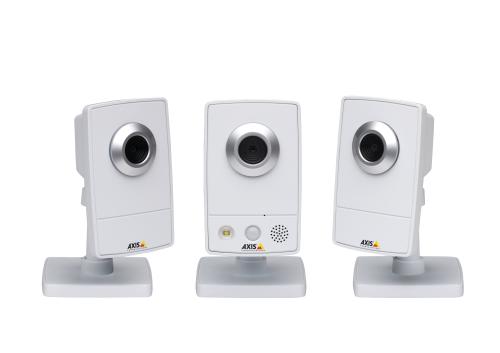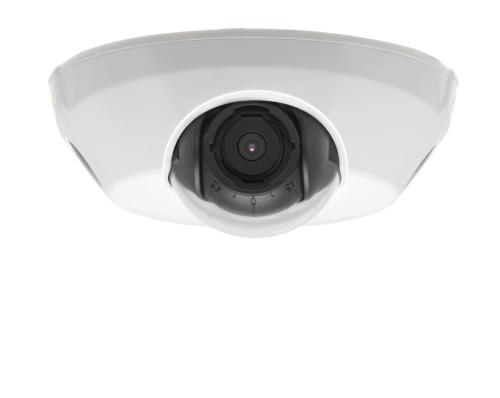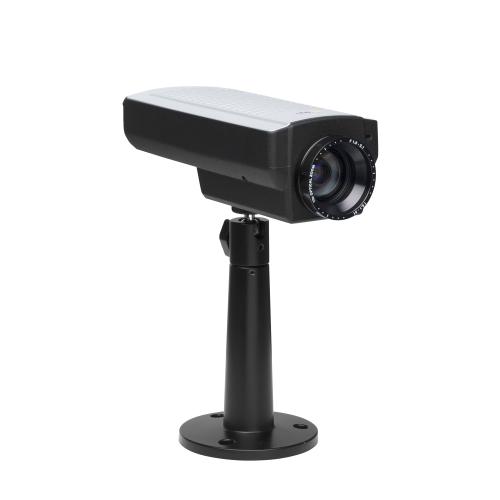Altera Corporation, a semiconductor device manufacturer, has announced the development of the industry’s first HD WDR video surveillance chipset:
Government, municipalities, financial institutions, and businesses are driving new uses for video surveillance technologies beyond crime prevention or security into applications such as asset management, risk mitigation, and safety.
The challenge for camera manufacturers, however, is developing “smarter” cameras at lower price points. More and more, digital high-definition (HD) Internet protocol surveillance cameras are replacing analog cameras because of lower installation costs, scalability, and the ability to add intelligence.
Recognizing camera manufacturer challenges and surveillance market demands Altera has enlisted CMOS (Complementary Metal Oxide Semiconductor) image sensors into their design to help power the next generation of IP cameras. And for good reason because CMOS …




